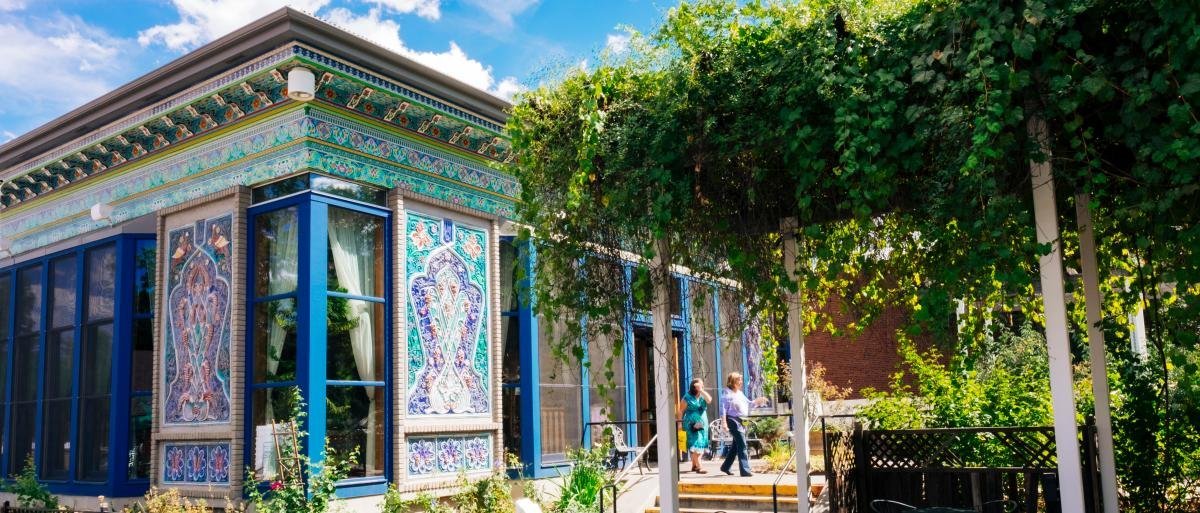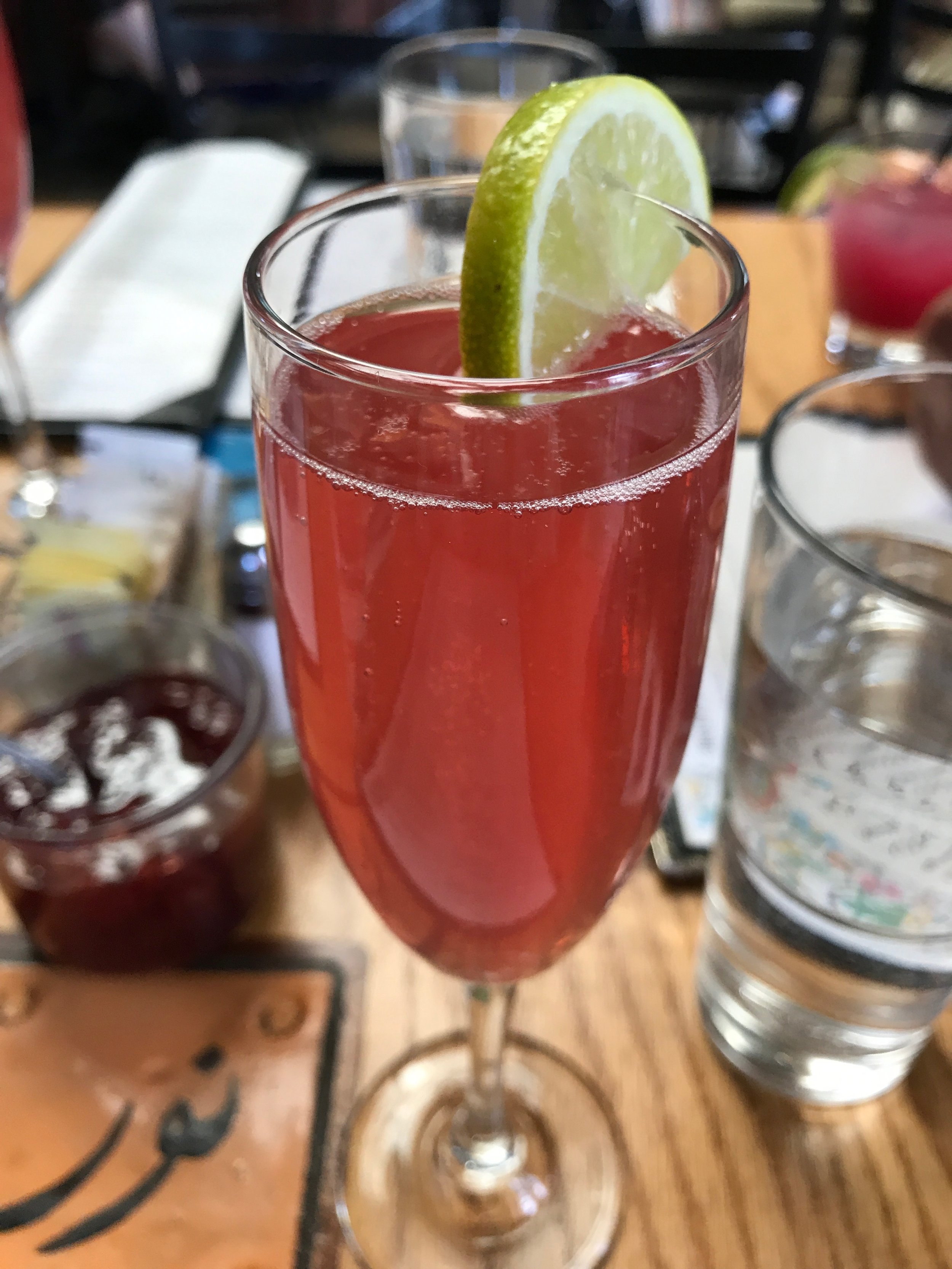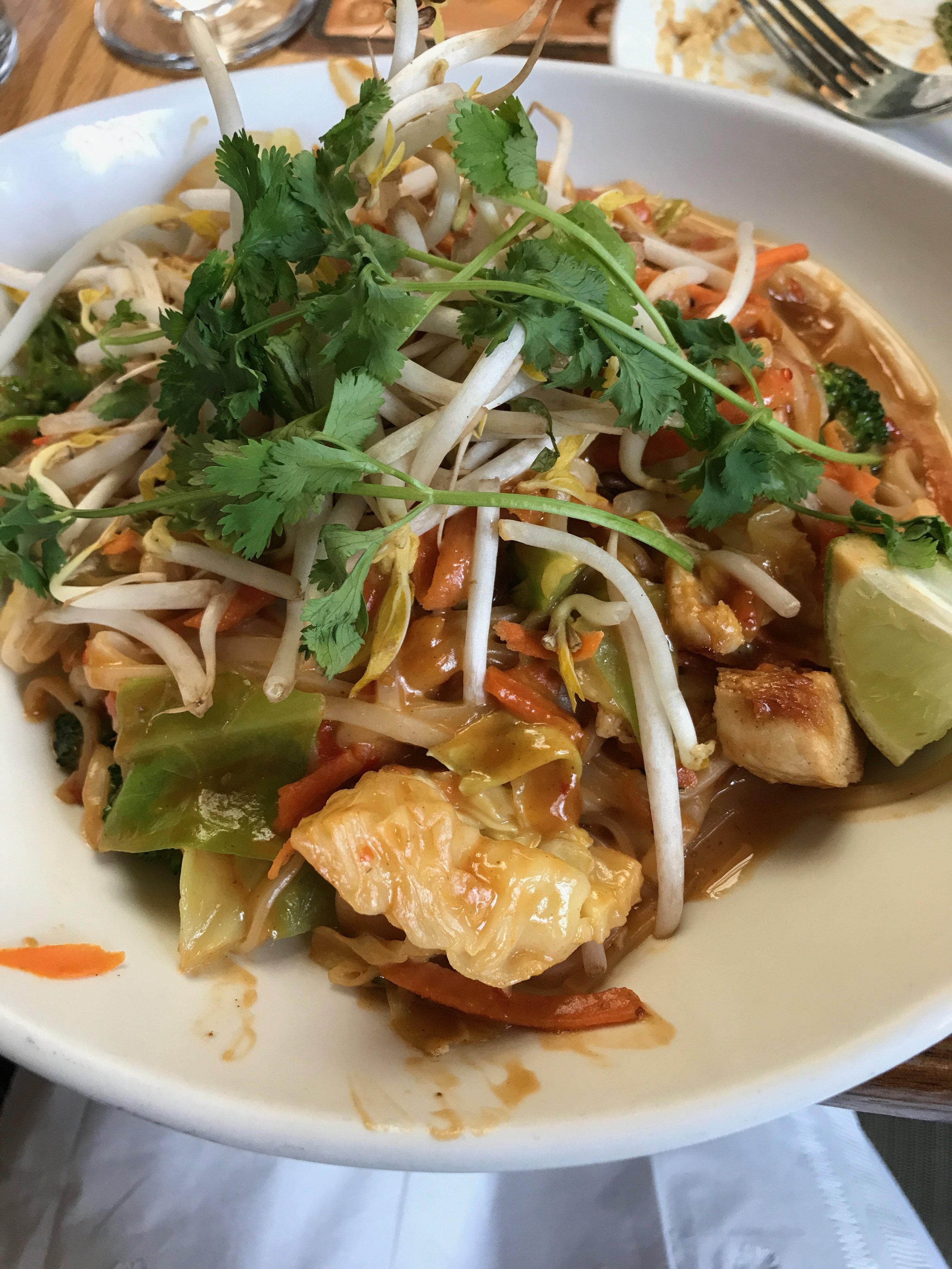Exploring Boulder, CO
Updated March 21, 2024
TIME NEEDED IN THIS TOWN: 1-2 NIGHTS
Boulder is one of those small little mountain towns with so much beauty. It’s a great way to spend a day!
The below information is a complete guide of the best places to stay, the top rated places to dine and drink, and all there is to see and do. We’ve also included a summary of the history of this beautiful town!
Jump To:
Where To Stay
Where to Dine & Drink
BASTA
Hard-to-find but acclaimed eatery with a creative, market-driven menu of salumi, pizzas & more.
BLACKBELLY
Farmhouse-chic eatery & butcher shop for charcuterie, burgers, steaks & hand-cut Kennebec fries.
BLACK CAT
Elegant bistro with inventive New American dishes, sourced from local farms, including the chef’s.
BOULDER DUSHANBE TEA HOUSE
This tea house has just about the most amazing story I've ever heard, and I am kicking myself for not taking more pictures. As you can see in the video snippet below, the ornate columns and tile work were not fabricated. Instead, in 1987, the Mayor of Dushanbe, had all of the materials packed up, and sent to Boulder, along with 40 skilled workers form Tajikistan, to put together this tea house, using no tools. It took three years to be built, and has been open for almost 30 years. There is an exact one in Dushanbe, with only two in the world. Click on the link above to read the full story.
Note: Reservations are a MUST - it books up fast.)
FLAGSTAFF HOUSE RESTAURANT
Refined American dining at a window-encased destination for views from atop Flagstaff Mountain.
FRASCA FOOD AND WINE
Refined Northern Italian plates based on locally sourced ingredients paired with top-shelf wines.
GOLD HILL INN
Serving hearty fare in a mountain lodge.
LICENSE NO. 1 (SPEAKEASY)
Speakeasy-style bar serving classic cocktails in chill, retro-inspired digs inside Hotel Boulderado.
Lucile’s
Branch in a small chain eatery crafting Cajun-Creole breakfasts & lunches in comfy surrounds.
Mountain Sun Pub
Unpretentious gathering place for house brews & wines, plus standard pub grub offerings.
Oak at Fourteenth
Innovative, locally sourced New American cuisine & cocktails in stylish space with open kitchen.
The Kitchen American Bistro
Stylish bar & bistro serving up craft cocktails & a menu of elevated international dishes.
FUN FACT: Elon Musk’s brother owns this restaurant. There’s also a cocktail lounge upstairs.
Things to See & Do
Boulder County Farmer’s Market
Per their site, “Since 1987, the Boulder County Farmers Markets have worked to grow the impact of local food from the ground, up. What started with a few farmers selling produce out of the backs of their trucks, has now expanded into one of the highest regarded farmers markets in Colorado, with a thriving online marketplace and food access programs, providing healthy food for hundreds of families in Boulder County. Each purchase does more than just put something perfectly ripe and local on your plate—our organization digs into the year-round work of advocating for our farmers, local agriculture, and equitable food access so that the benefits of local food can create a better future for our communities and their local food systems, for generations to come.
Boulder Reservoir
The Boulder Reservoir is a 700-acre, multi-use recreation and water-storage facility, owned and managed by the City of Boulder and operated as a water supply by the Northern Colorado Water Conservancy District. It is used for recreation, drinking water, and irrigation. Popular recreation activities at the reservoir include boating, swimming, sun bathing, water skiing, fishing, picnicking, walking, running, cycling, and wildlife viewing.
Carousel of Happiness
Charles I.D. Looff was one of the great carousel makers of the late 19th and early 20th centuries. A skilled woodcarver, he arrived in New York City from Denmark in 1870 at the age of 18 and by 1876, had manufactured the first carousel for New York’s Coney Island. In 1917, he delivered a carousel to the Great Saltair Park, just outside Salt Lake City, which would eventually find its way to Nederland, Colorado.
During its 42 years of operation, the Saltair carousel survived fires and wind storms, including one where the roller coaster was blown over onto the carousel, causing it to be rebuilt with two rows of animals from the original four rows. In 1959, the park was declared bankrupt and Utah’s governor gave the carousel to the Utah State Training School in American Fork, not far away. Nearby striking steelworkers and company management officers came together to set up the carousel on the grounds of the state school. The developmentally and physically disabled residents enjoyed it for another 27 years. In 1976, school residents restored the animals under supervision.
In 1986, when the Utah State School carousel was sold to a buyer who only wanted the wooden animals, Scott Harrison, a resident of Nederland, Colorado, learned that the empty frame was still standing and available. With the help of a friend, he took it apart and trucked it to Nederland. He spent the next 26 years hand-carving 50 animals (35 of which can be ridden) to bring it back to life. As he was finishing, he created a 501(c)3 nonprofit organization, and the small community of Nederland came together to raise the $700,000 needed to build it a home.
After years of building and restoring additional sections, it opened in 2010. In 2022, the millionth ticket was sold.
Downtown Boulder
Downtown Boulder is an eclectic mix of restaurants and shops with many community spaces featuring entertainers and concerts. It’s a great way to spend an afternoon!
Shelby American Collection
In an office park, next to a heating and cooling company, sits the Shelby American Collection, one of the most extensive collections of cars associated with the automotive icon, Carroll Shelby. If you’ve seen the movie, Ford vs. Ferrari, you know that the Ford Motor Company hired Shelby, in the early 1960s, to design a car to compete in the market with Chevrolet’s new Corvette. Shelby and his team created his signature car, the Cobra, in 1962. Shelby also helped create some of Ford’s GT40 endurance racing cars and variants of the iconic Mustang. Shelby’s designs helped Ford’s models achieve success in several auto racing circuits.
The Shelby American Collection displays more than 40 Shelby cars, many on loan from private owners and some of which are still raced today.
TIP: The collection is only open on Saturdays, from 10 a.m. until 4 p.m.
The Architect's Daughter at First United Methodist
Constructed in 1891, the First United Methodist church has a hidden tribute to an architect’s daughter, Lula who died before the church was completed. As part of the stonework on the church, he carved an “angel face” as a memorial to his daughter. The face of the young girl can be seen carved into the stone, though her features have eroded over time. The same part of the other entryways of the church do not contain carvings of human faces, but instead, feature carvings of leaves.
To find the carving of the architect’s daughter, go to the West side of the church and find the doorway closest to the north side of the church. The carving is facing north, right above a basement entrance to the church and on the north side of the northwest door’s stone archway.
Valmont Butte
An abandoned mill, a rich and tragic history for the Native peoples of the region, a beautiful backdrop, and reported hauntings. For the southern part of the Arapahoe tribe, this volcanic dyke is a sacred site. To this day, numerous Indigenous peoples still hold this site as sacred and until 2007, the Lakota Sioux spiritual leader, Robert Cross, conducted ceremonies on the land.
The land of Valmont Butte served as the resting place and burial grounds for Native Americans (mostly members of the Arapahoe tribe) and early European settlers. It’s rumored to be haunted by many spirits, with the report of one paranormal team saying they heard voices, saw shadows, and even floating lights.
In both 1867 and 1869, the United States and Arapahoe Tribe signed treaties that led to the tribe being divided into two. The newly formed Northern Arapahoe and Southern Arapahoe tribes were forced to relocate, with Fort Laramie in Wyoming acting as a border station.
In the 1940s, a mill was constructed on Valmont Butte to process fluorspar and gold. But soon, the surrounding area was polluted, and public drinking water became contaminated from the spill off (even radioactive). The environmental effect was so bad that the EPA once listed Valmont Butte as one of the 10 most contaminated sites in Colorado.
Today, the city of Boulder owns the land.
NOTE: Please treat the site with respect as it’s still of great spiritual importance, and is still a resting place for many native people, as well as being the final resting place of many people.
HOW TO GET THERE: If you’re coming from downtown Boulder, take Pearl Street until it becomes Pearl Parkway and follow that road. Make a right at the KOA Lake and follow Valmont Road until the bend. The mill will be at the bend in the road.
A History Summary
Over 13,000 years - Native American tribes had inhabited the land. for over 13,000 years, beginning in the late Pleistocene era. Throughout the Paleo-Indian, Archaic, and Late Prehistoric periods, Indigenous peoples moved seasonally between the mountains and plains, taking shelter in winter along the Front Range trough where Boulder now lies.
1500s - The area was occupied by Ute tribes
Early 1800s - The Arapaho tribes moved in as well and the Euro-American settlers started to colonize the area.
1858 - Modern Boulder was founded when prospectors, led by Thomas Aikins, arrived at Boulder Canyon during the Colorado Gold Rush. Arapaho leader Niwot allowed them to stay for the winter, but this decision ultimately cost his people their land.
Early 1859 - Gold was discovered along Boulder Creek, drawing more miners and merchants to the area. The Boulder City Town Company was formed in February 1859 to establish a settlement at the canyon mouth.
1860 - There were 70 cabins, mostly occupied by Anglo families. Non-whites, like Chinese miners and black residents, were part of early Boulder, but rarely pictured.
1861 - Boulder County was created and the Arapaho were forced to relocate, per the Treaty of Fort Wise. With declining numbers, Niwot's band soon moved to the Cheyenne-Arapaho Reservation.
November 7, 1861 - The Colorado General Assembly passed legislation to locate the University of Colorado in Boulder.
1862 - The creek had yielded $100,000 in gold and Boulder's population exceeded 300.
1875 - 1877 - The first cornerstone was laid for the first building (Old Main) on the CU campus. The university officially opened on September 5, 1877.
1907 - 1933 - Boulder adopted an anti-saloon ordinance. Statewide prohibition started in Colorado in 1916 and ended with the repeal of national prohibition in 1933.
1959 - City voters approved the "Blue Line" city charter amendment which restricted city water service to altitudes below 5,750 feet in an effort to protect the mountain backdrop from development.
1967 - City voters approved a dedicated sales tax for the acquisition of open space in an effort to contain urban sprawl.
1970 - Boulder created a "comprehensive plan" that would dictate future zoning, transportation, and urban planning decisions. Hoping to preserve residents' views of the mountains
1972 - The city enacted an ordinance limiting the height of newly constructed buildings.
1974 - 1976 - A Historic-Preservation Code was passed, as well as a residential-growth management ordinance (the Danish Plan).
2024 - The city council repealed the long-standing anti-growth laws to increase residential units by 1%.


